Sir Keir Starmer should on Saturday be celebrating a major milestone: he will have been UK prime minister for 100 days.
The Labour party, out of power for 14 years, triumphed in July’s election and routed the Conservatives in a once-in-a-generation political turnaround.
Yet Starmer has since seen his poll ratings plunge, is immersed in an unlikely “freebies” scandal, and has had to sack his own chief of staff to reset a misfiring Downing Street operation.
The mood at last month’s Labour conference in Liverpool was pensive rather than triumphant.
But the prime minister remains convinced voters will forget these early teething problems if he manages to reform public services, achieve swift economic growth, and boost housebuilding and green energy. “He’s got over four years to get things right,” said one Tory ex-cabinet minister.

Starmer, a former director of public prosecutions, was always expected to be more technocrat than populist national leader.
However, it is his managerial skills and his grip on the centre of government that have been called into question, while his puritan image has been dented by revelations of free clothing, accommodation and football matches.
Ministers believe they have a good story to tell, if they can cut through to the general public. They say Starmer has made rapid strides on areas including green energy, planning reform, rail nationalisation and employment reforms.
Elsewhere, there is less certainty. How exactly will Labour improve household finances? How will it relieve the overwhelmed National Health Service?
More clarity should emerge — belatedly — on Budget day on October 30, in which chancellor Rachel Reeves will have to confront the administration’s severe fiscal challenges.
Labour optimists see this as a chance for the government to “reset the narrative” and enter a new delivery phase.
Reeves is poised to tweak her fiscal rules, and introduce various wealth taxes that could allow her to pledge an increase in long-term capital spending and avoid a new bout of “austerity” in public services. But neither of those moves comes without political risk.
Back in July Reeves claimed to have found a £22bn “black hole” in the public finances — a sum rejected by the Tories. As part of an attempt to address this, she slashed winter fuel payments for pensioners, prompting a backlash among Labour MPs and beyond.

On Monday Starmer and Reeves will preside over an “investment summit” in London’s medieval Guildhall, telling global investors that Britain is “open for business” after a decade of political chaos and outlining a new industrial strategy.
The timing of the gathering — two weeks before the Budget — is not ideal.
Ministers are braced for endless questions about which taxes will rise. One Treasury figure said executives would be “happy” on Budget day: many will wait to see the small print.
The public, for now, seem largely oblivious to Starmer’s five central “missions”: economic growth, clean energy, tackling crime, improving the NHS and removing “barriers to opportunity”.
Inside government, officials say he is less of a “micromanager” than his predecessor Rishi Sunak — but some have raised questions about his grip on the tiller.
“People expected him to be more of a chief executive and less of a chair, but at the moment he seems rather more of the latter — when frankly he needs to be more of the former,” said Tim Bale, politics professor at Queen Mary University of London. “What seems to be lacking is an overall framework for what the Labour government is doing. What’s the vision behind it?”
In some areas Starmer has won support from the public, according to research from polling group YouGov: new pay deals with striking doctors, suspending some arms sales to Israel, lifting the ban on onshore wind farms and maintaining the two-child cap on welfare benefits despite MPs’ unease.


By contrast the prime minister has angered voters on two fronts with the winter fuel payments cuts and the early release of some prisoners, YouGov found.
Asked about the government’s general performance, Labour voters seem underwhelmed, with 47 per cent saying they “feel let down so far”.
This will disappoint a government that had hit the ground running. July saw a King’s Speech packed with legislation ranging from rail nationalisation to employment reforms. The following month Starmer’s response to the far-right riots, condemning the racism and accelerating court hearings, was praised.
But his puritan image has been dented by a freebies scandal, while tumult inside Number 10 has coloured perceptions of the new regime.
Starmer took £32,000 of free clothing and £20,000 of accommodation from Lord Waheed Alli, a Labour peer and entrepreneur who also showered freebies over several other senior ministers. The premier has taken a legalistic approach to the scandal, repeatedly saying he never broke any rules. But the public seem unimpressed.

Meanwhile, a power struggle within Downing Street led to the shock departure last weekend of Sue Gray, who as chief of staff was Starmer’s closest aide.
She was hired in 2023 to prepare Labour for government; her demotion less than 100 days after the general election was the clearest sign yet that something had gone badly wrong.
Some Whitehall officials who had worked with Gray were unsurprised. “Sue was great in many ways but she had never run anything,” said one ex-permanent secretary.
Gray had never been in charge of a department yet now she was seen as the linchpin of Starmer’s entire operation, from vetting ministerial appointments to liaising with English city mayors and clearing policies. Sitting outside Starmer’s study, she also controlled access to the prime minister.
The signs of dysfunction were manifest, not least the snail’s pace at which ministerial appointments were made after the July 4 election: junior appointments dragged for days, while investment minister Poppy Gustafsson was only appointed this week.
Likewise no one could clarify whether Gray had been in charge of “the grid” — the crucial programme of announcements that set the rhythm of government.

Morgan McSweeney, the new chief of staff, has told colleagues that his first priority is to “make Number 10 boring again”, although his restless energy and briefings that he favours a “radical shake-up” suggest otherwise.
Although the start of the new government has been rocky, and opinion polls have narrowed, Starmer still has a strong hand to play. With the Conservative party reduced to a rump in July’s election, Labour remains virtually unchallenged in the House of Commons.
Tom Baldwin, author of Keir Starmer, The Biography, said the prime minister had time to turn things around.
“The most eye-catching features of this government’s first 100 days are mistakes which too often have been unnecessary, unforced and about relatively trivial matters,” he said.
“But Starmer has a certain relentlessness and resilience which can — maybe should — mean that he’s a two-term prime minister.”

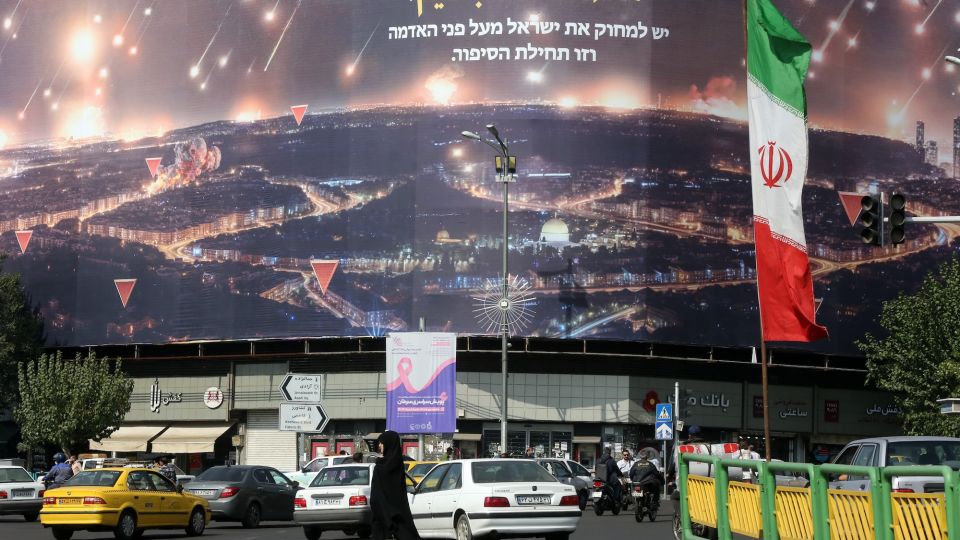
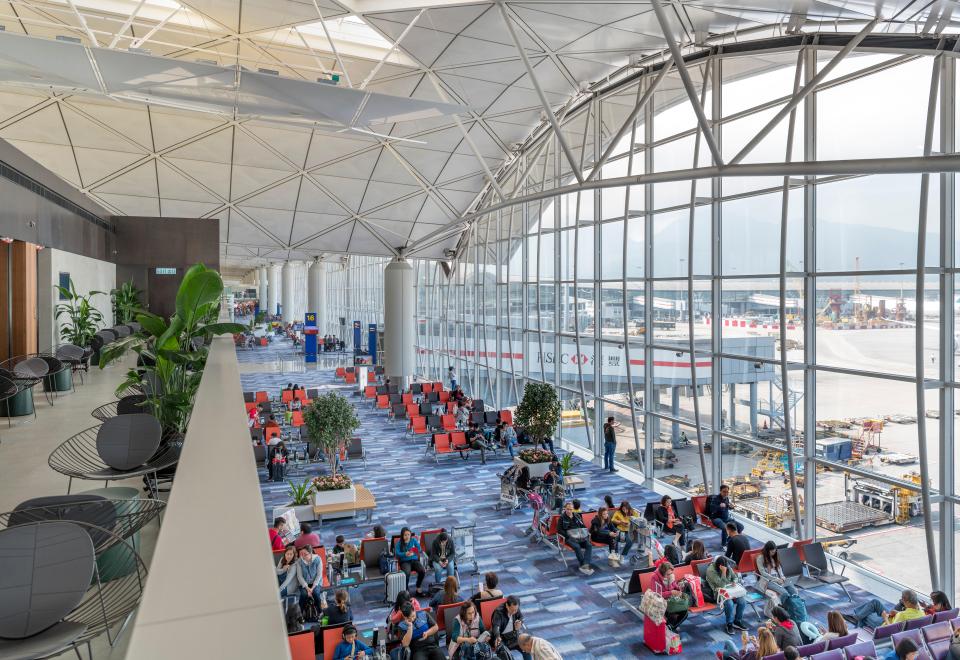
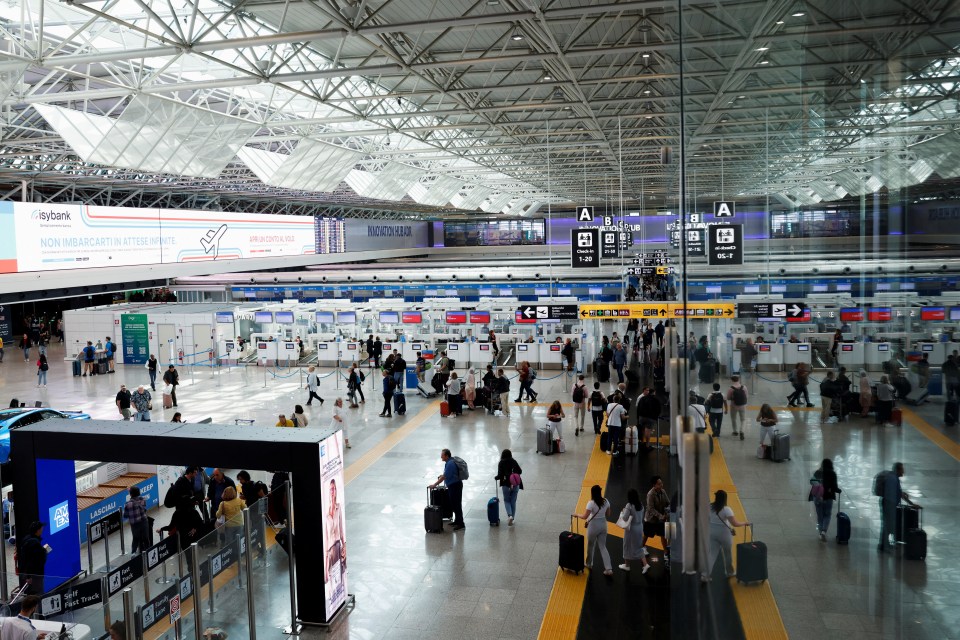
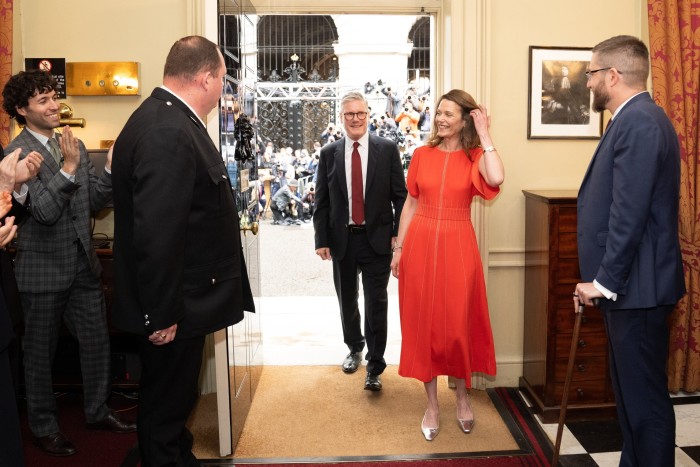
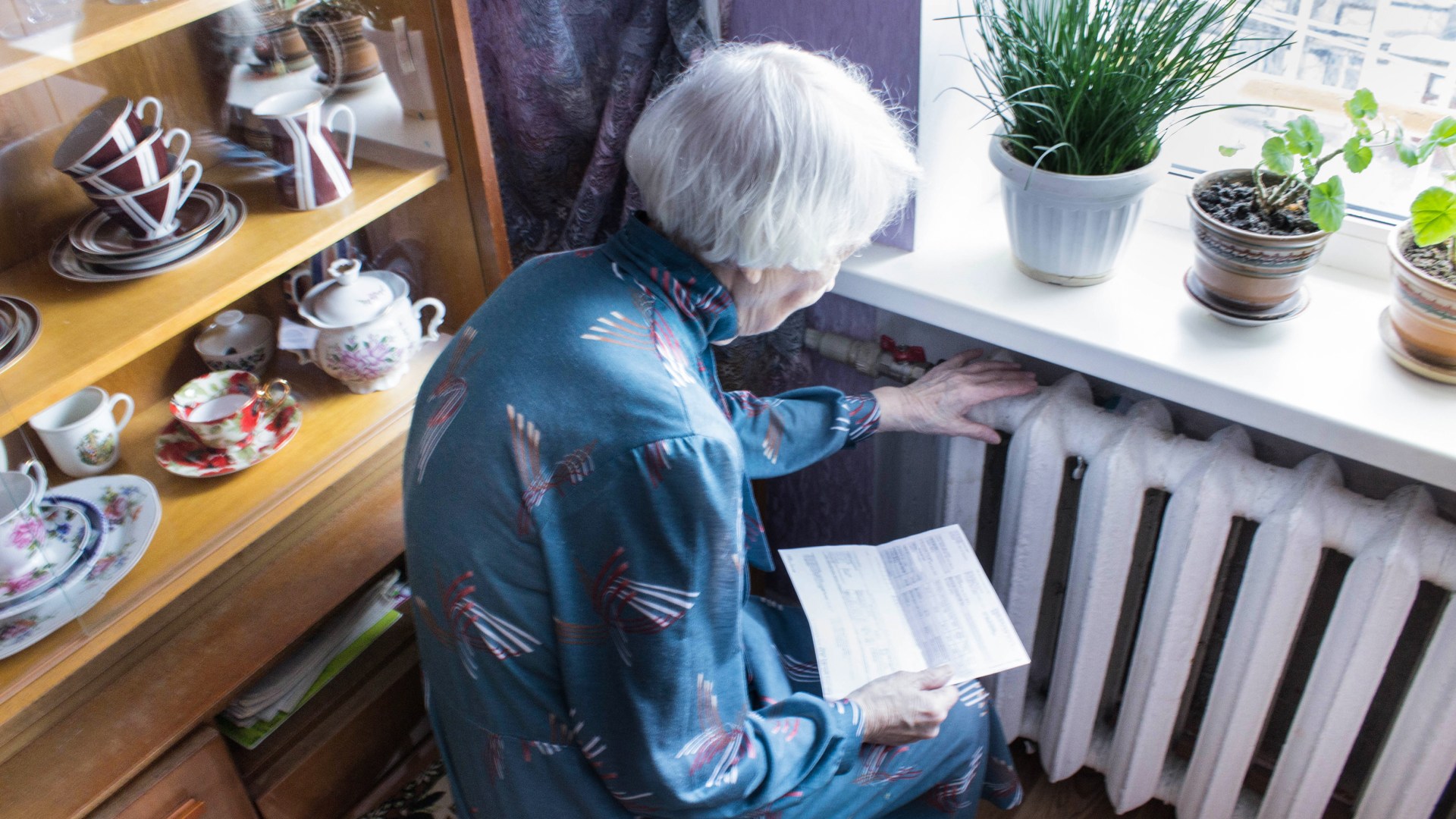






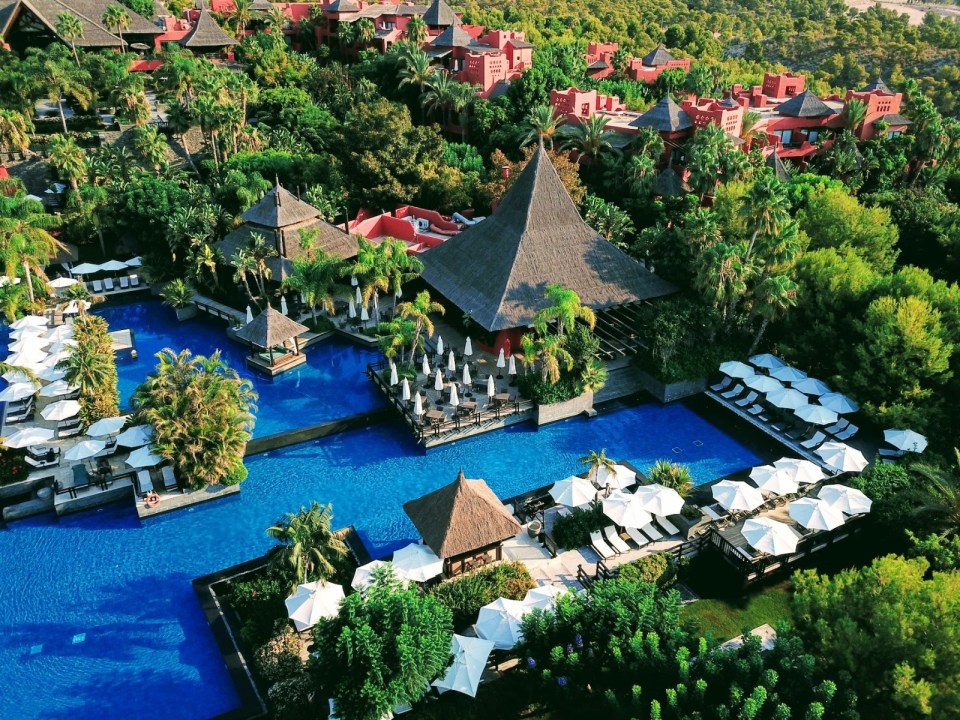
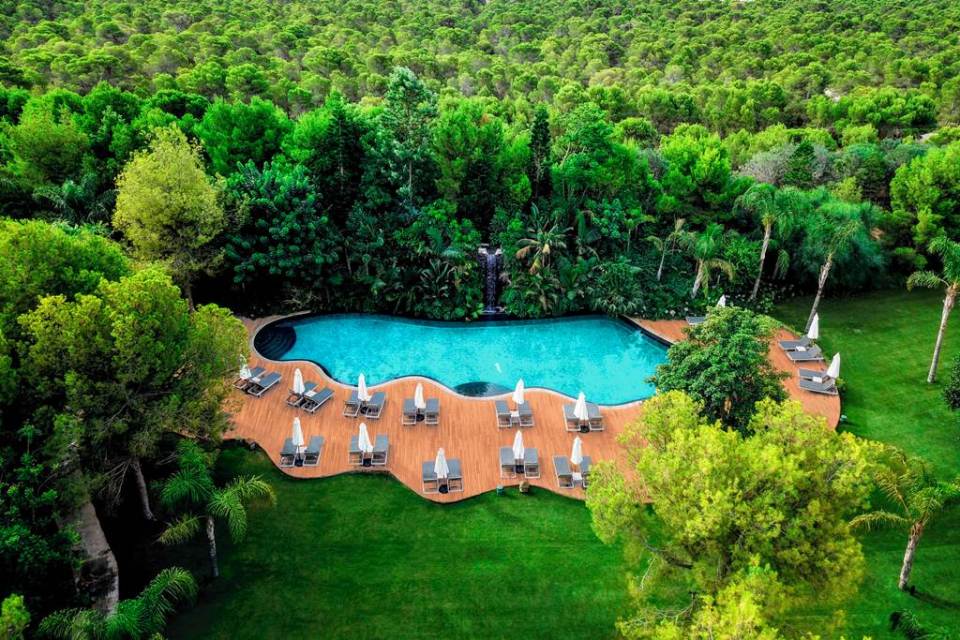


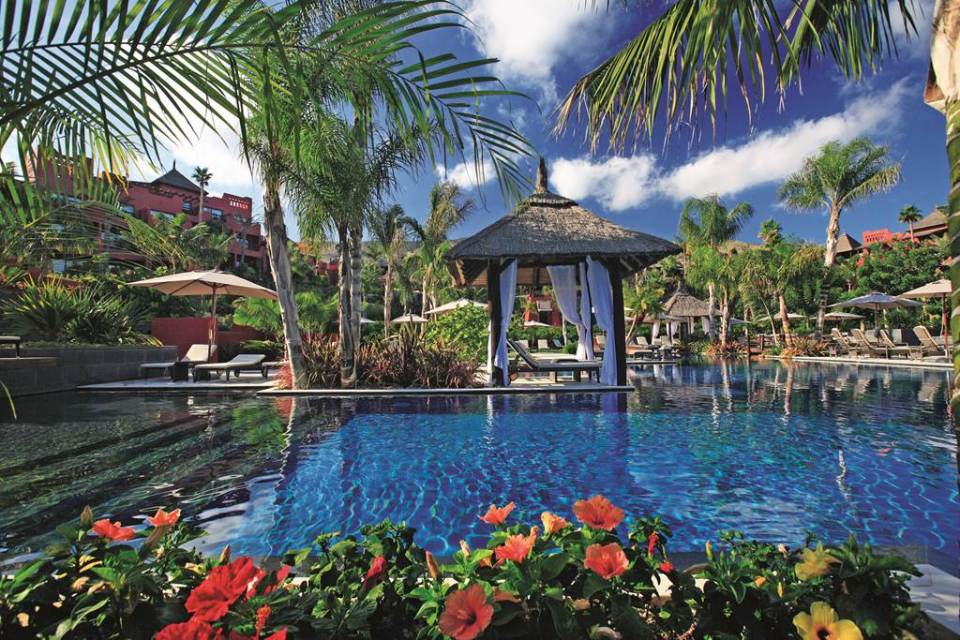





























































































































You must be logged in to post a comment Login